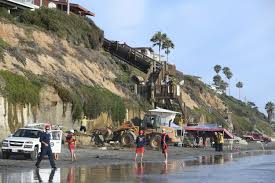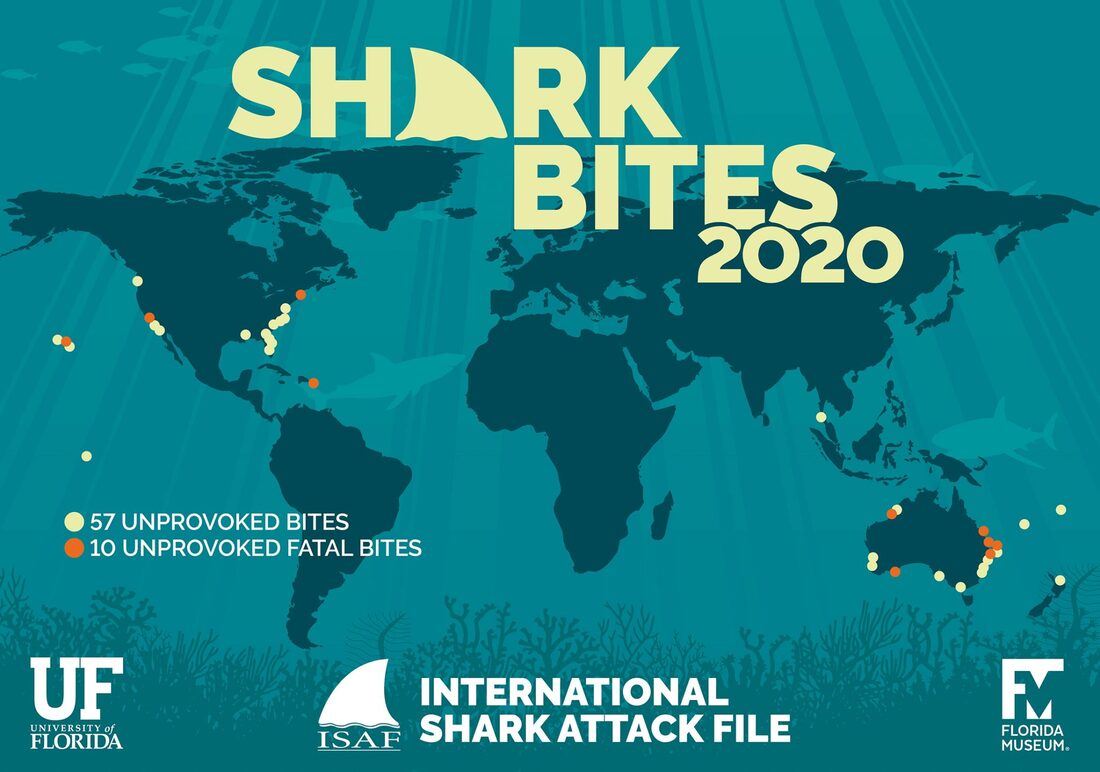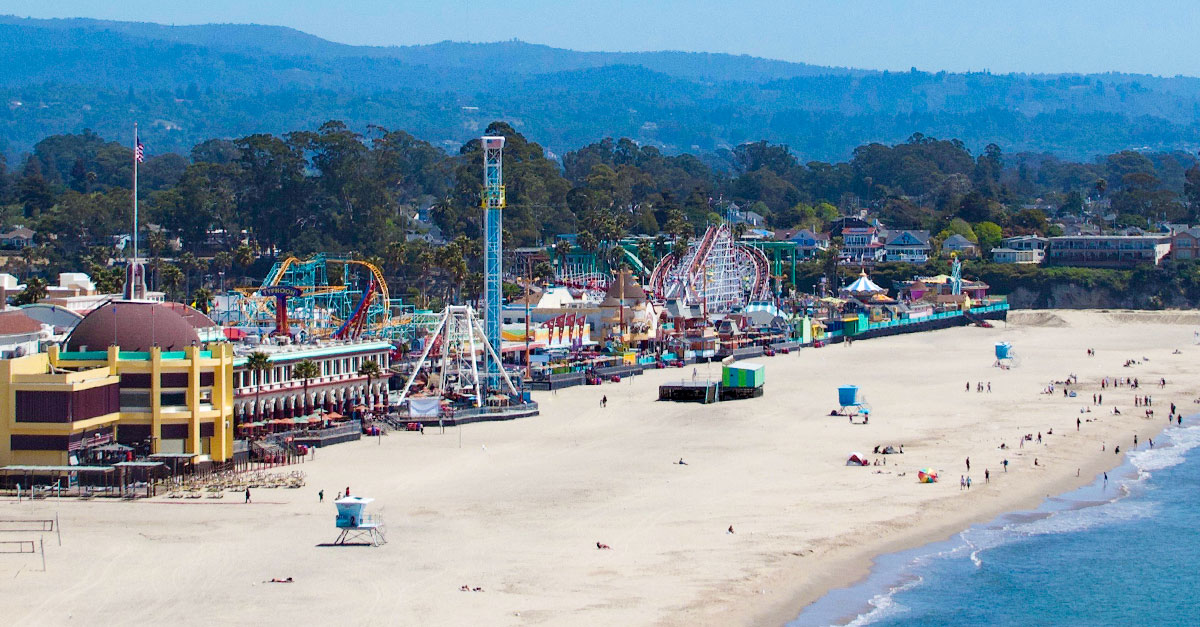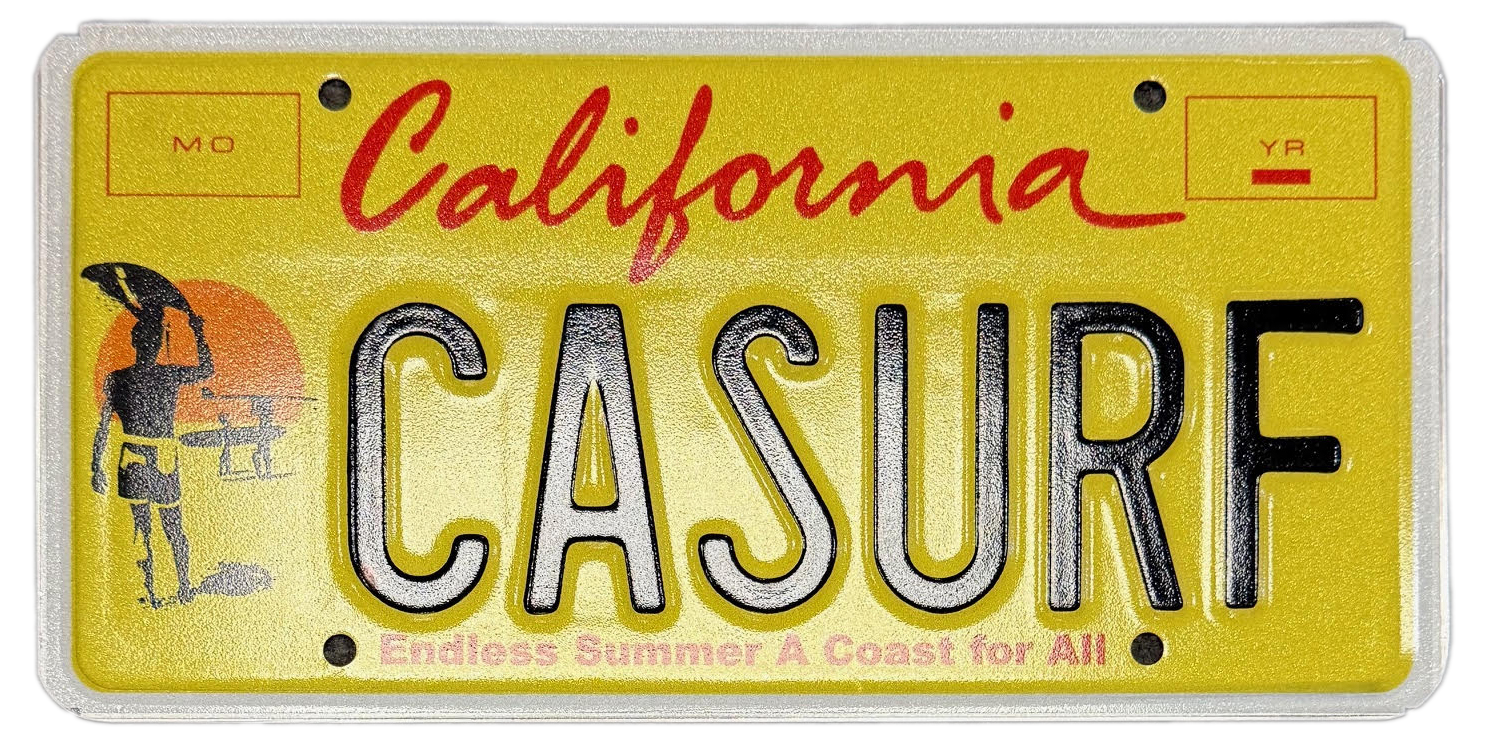|
California’s sea otters need your help, and there’s an easy way to do it by making a voluntary contribution on line 410 of your state income tax return (Form 540). By contributing any amount over one dollar, Californians can support the California Sea Otter Fund. Donations are tax deductible on next year’s return. “The voluntary contributions Californians make at tax time are incredibly helpful in efforts to save the cherished California Sea Otters,” said Sam Schuchat, executive officer of the State Coastal Conservancy. “The money raised through tax donations helps pay for essential research and recovery efforts to assure the conservation and survival of this extraordinary resident of our central coast.” Created in 2006, the Sea Otter tax check off provides essential funding to help state scientists better understand and trace the causes of sea otter mortality, identify factors limiting population growth, and collaborate with other organizations to prevent the pollution of California’s nearshore ocean environment. According to the most recent survey, there are fewer than 3,000 sea otters in California waters. This small population is vulnerable to oil spills, environmental pollution, predation by sharks, and other threats. Many sea otter deaths have been linked to pollution flowing from land to the sea, including road and agricultural run-off, parasites, and chemicals from coastal land uses. The California sea otter is a Fully Protected Species under the state law and is listed as threatened under the federal Endangered Species Act. The California Sea Otter Fund consists entirely of voluntary contributions from California taxpayers. The fund has become especially vital during the current economic downturn because other sources of support for sea otter conservation and research have decreased or disappeared entirely. There are no other dedicated state funding sources available to continue this important work. The Coastal Conservancy works with the California Department of Fish and Wildlife and many others to improve the health of California sea otters. For more information, visit www.wildlife.ca.gov/Tax-Donation
1 Comment
 Ms. Hutzel previously served as the Conservancy’s Deputy Executive Officer and has been with the agency for over twenty years, during which she has been instrumental in many key projects including the restoration of thousands of acres of former salt ponds in the San Francisco Bay, the creation of the Conservancy’s flagship Explore the Coast and Explore the Coast Overnight grant programs to expand coastal access, and establishing the San Francisco Bay Restoration Authority. She also led the development and implementation of many of the Conservancy’s equity-focused initiatives: Justice, Equity, Diversity, and Inclusion Guidelines, the ADA Self-Evaluation and Transition Plan, the Beach Wheelchair Grant Program, and the updated Coastal Access Project Standards. “The State Coastal Conservancy has had a remarkable impact on the California coast in the last 4 decades.” said Ms. Hutzel, “I am honored to take on this role at a time when our work is so essential. Together with the incredible Conservancy staff, I will work to accelerate projects that work with nature to adapt to climate change impacts and increase equitable access to the coast for all Californians.” “The Coastal Conservancy plays a vital role in achieving the State’s goals for biodiversity, climate resilience, and equitable access to California’s natural wonders. Amy has proven herself as an exceptional leader at the Coastal Conservancy already and I could not be more excited for her to take the reins at this key agency.” said California’s Natural Resources Secretary Wade Crowfoot Each year, the State Coastal Conservancy issues tens of millions of dollars in grants to non-profit organizations, public agencies, and tribes for projects that restore and protect the California coast, increase public access to it, and increase communities’ resilience to climate change. In addition to its annual appropriations from Natural Resource Bonds, on September 23, 2021, Governor Newsom signed a budget bill that includes a total of $500 million for coastal resilience to be appropriated to the Conservancy in Fiscal Years 2022-23 and 2023-24. The Executive Officer and staff of the Conservancy also manage the work of the San Francisco Bay Restoration Authority, which allocates approximately $25 million each year for restoration projects on the San Francisco Bay shoreline. “We’re thrilled for Amy to serve as the Executive Officer at the Conservancy,” said Doug Bosco, Chair of the State Coastal Conservancy’s Board, “The Board and I know Amy as a dedicated and collaborative leader with an exceptional track record of delivering complex projects. She will bring her energy and enthusiasm to this role, and a clear vision for what this agency can achieve.” Ms. Hutzel has been with the State Coastal Conservancy for over 20 years, serving as Deputy Executive Officer, Bay Area Program Manager, and Project Manager. Prior to joining the Conservancy, she worked at Save The Bay and the US Fish and Wildlife Service. As Executive Officer, she will work closely with the Boards of the Conservancy and the San Francisco Bay Restoration Authority, lead the Conservancy’s 70 members of staff, and support hundreds of climate adaptation, public access, and habitat protection and restoration projects throughout the California coast, in the San Francisco Bay Area, and in coastal watersheds. Amy lives with her husband and two children in San Francisco. The next Coastal Conservancy Public Meeting is on February 03, 2022. Due to the ongoing State of Emergency and pursuant to the Bagley-Keene Open Meeting Act and Governor Newsom’s Executive Order N-1-22, this Conservancy meeting will be conducted by internet and teleconference, with no public physical location. Members of the public may join by internet with Zoom or dial into the teleconference.
One of the items on the agenda is consideration and possible authorization to disburse up to $5,000,000 to the City of Anaheim to prepare preliminary plans, designs, permit applications, and environmental documentation for the OC River Walk, a project to improve and enhance a portion of the Santa Ana River in the County of Orange, including reconfiguring and vegetating the river bank and creating new trail connections. A Southern California beach that had been closed since an undersea pipeline leaked crude into ocean waters last week is set to reopen Monday, officials announced Sunday night. City and state beaches in Huntington Beach will reopen after water quality tests revealed no detectable levels of oil associated toxins in the ocean water, the city of Huntington Beach and California State Parks said in a news release. They are still urging visitors to avoid areas that smell of oil and not to touch any oiled materials that wash ashore. That news will likely please surfers and beach-goers like Richard Beach, who returned to the waves in Huntington Beach with his bodyboard — until lifeguards jet skis chased him out on Sunday. He trekked back across the beach, passing workers in hazmat suits tasked with clearing the sand of sticky, black blobs that washed ashore after the spill. “The water’s perfect,” said Beach, 69. “Clear all the way to the bottom.” Huntington Beach and nearby coastal communities have been reeling from last week’s spill that officials said sent at least about 25,000 gallons (95,000 liters) and no more than 132,000 gallons (500,000 liters) of oil into the ocean. It was caused by a leak about 5 miles (8 kilometers) off the coast in a pipeline owned by Houston-based Amplify Energy that shuttles crude from offshore oil platforms to the coast. The spill was confirmed on Oct. 2, a day after residents reported a petroleum smell in the area. The cause is under investigation and officials said they believe the pipeline was likely damaged by a ship’s anchor several months to a year before it ruptured. It remains unknown when the slender, 13-inch (33-centimeter) crack in the pipeline began leaking oil. On Sunday, there was no smell of oil and the sand looked largely clear by the Huntington Beach pier, where workers combed the sand for tar. But local officials worry about the environmental impact of the spill on wetlands, wildlife and the economy. With the ocean off limits in the community dubbed Surf City USA, relatively few people were at the beach and shops that cater to them have been hurting. Officials in the city of 200,000 people have been testing the water to ensure it’s safe for people to get back in and said they’ll continue the testing for at least two more weeks. Since the spill, residents have been allowed to walk on the sand in Huntington Beach but not on the shoreline or enter the water, and parking was blocked off for nearby state beaches. Popular surfing and swimming spots in Newport Beach and Laguna Beach have also been closed. In Huntington Beach, shops selling everything from bikinis and stars-and-stripes boogie boards to sand toys and fishing gear have been taking a hit. Marian Johnson, who owns “Let’s Go Fishing” on the pier, said sales have been halved since the spill. Mike Ali, who owns the nearby shop Zack’s, said since the water closure he had to shut three of his four locations and slash his workers’ hours. People are coming in for bike rentals and food to his one store that remains open, but without surf lessons, event catering and beach bonfires, business has tanked 90%, he said. “It could be a year to two years to get the tourism to come back,” Ali said, adding that a 1990 oil spill wound up diverting would-be visitors to beaches south and north of the city. Rich Toro, 70, still took his regular 25-mile (40 kilometers) bike ride down to Huntington Beach on Sunday. But he said he wouldn’t race to get back into the water in light of the spill and worries about the impact on wildlife. Since the incident, officials have reported 38 dead birds and nine dead fish, while 27 oiled birds have been recovered and are being treated. On Sunday morning, only a handful of people played beach volleyball in Huntington Beach while a few others did exercises or laid on the sand. But the water closures didn’t deter everyone. While fishing is barred along the shore of virtually all of Orange County, Michael Archouletta, 29, said he came down from East Los Angeles and saw no signs on the pier preventing him from dropping a line. A school of fish swam beneath the pier nearby. “If this was so dangerous, the fish would be dead,” Archouletta said. Story published by AP - click here for full article
Dana Point homes surround the Pacific Ocean like an amphitheater. It’s no wonder much about the town’s character and its economy focuses on the ocean and the marine life that migrates past its doorstep for months on end each year. A year ago it was trademarked the Dolphin & Whale Watching Capital of the World and now it has been designated the first Whale Heritage Site in North America by the United Kingdom-based World Cetacean Alliance. The designation, in which the group partnered with U.S.-based World Animal Protection nonprofit, recognizes the seaside town as a spot where cetaceans – the scientific name for whale, dolphins and porpoise – are embraced in the local culture, economics, politics and social fabric of the community and where people and cetaceans coexist respectfully. “This designation distinguishes Dana Point as a beacon for tourists to select this as a sustainable travel destination,” said Ben Williamson, programs director for World Animal Protection. “I think this adds credibility,” he said. “It includes serious community involvement, economic importance and a look at the way whales impact the area’s heritage.” The designation was created in 2015. Two other sites, Hervey Bay in Australia and The Bluff in South Africa, both won certification in October 2019. Tenerife, Spain, will become the first Whale Heritage Site in Europe. “When they explained the criteria, I said we’re the perfect location,” said Gisele Anderson, who with her husband, Dave Anderson, operates Capt. Dave’s Dolphin and Whale Safari out of the harbor. “We have history, education, saving of animals. We’re really excited because now Dana Point has set the bar.” And Dana Point’s Festival of Whales is the world’s first and longest-running whale festival, it is scheduled this year for March 6/7, 2021 Hundreds of thousands of people every year make their way to the annual two-weekend-long event started by the “father of whale-watching,” Don Hansen, who with Philip Grignon, a high school teacher, opened the first whale and dolphin watching charter in a small trailer when the city’s harbor opened in 1971. It was a way to teach students about the migrating gray whales. Hansen is Kalez’s father. Since its early days, the festival has included whale lectures and information on the town’s history with whales – both of which continue to be part of the event that celebrates its 50th anniversary in March. Anderson had worked with Donna Kalez, who operates Dana Wharf Sportfishing and Whale Watching, to get the city its new trademark and then when approached by the World Cetacean Alliance after that success they partnered to earn it the Whale Heritage Site designation that was officially announced Wednesday, Jan. 27. They had been notified Jan. 7. “I’m so proud of myself and Gisele for getting this done,” Kalez said. “It finally brings us the recognition we’ve been trying to get for so long.” Despite Dana Point’s breathtaking coastline, the selection is not based on geography or its visual splendor, organizers said. “You could be in the best place in the world, but if you’re not acting responsibly or sustainably, you wouldn’t fit the criteria,” said Ben Williamson, programs director for World Animal Protection. Still, the Headlands, a towering cliff outcropping overlooking the Pacific Ocean, has been identified by experts as a navigational point for gray whales charting their course from the Bering Sea in Alaska to the warm lagoons of Baja Mexico, where they mate and give birth. A platform at the Dana Point Nature Interpretive Center allows people on land to get glimpses of the passing behemoths and pods of hundreds and thousands of leaping dolphins. Bryon Ward, president of Burnham-Ward Properties, which is building the $440 million renovation for the 66-year lease with Newport Beach-based Dana Point Harbor Partners, which is presently underway with the renovation project that includes reconstruction of the commercial core and the east and west marinas, two new hotels and fully rebuilt docks, said marine education is a key pillar in the harbor’s history and future. The company is consulting with marine biologists and artists to create additional educational exhibits and whale-related public art installations, he said. “With this designation, we know that even more visitors will depart on their whale watching adventures from Dana Point Harbor,” Ward said. “As we further revitalize the harbor, we will instill the importance of education, conservation and viewing whales in their natural habitat.” The behemoth mammals are so much a part of Dana Point’s everyday life that Anderson and Kalez have created charts for their boat captains to document when special animals make another appearance. There is Patches, a bottlenose dolphin colored in pink, white and black blotches that has been dubbed the “West Coast’s most famed dolphin.” The animal is so popular that his sightings typically spark celebration and curiosity. “I was out by myself three months ago with a group of bottlenose dolphins,” Anderson said. “I saw Patches and it feels like an old friend. It’s joyful because you know the animal is still doing well. It’s a sign of hope and a reminder that our environment is not as bad as we’ve been told.” But, Patches is not the only famous animal. There’s also Casper, an albino dolphin. There are humpbacks known as Twitch, Flicka and Chalkboard. Notcho, Delta, Curley, Hook and Kink are among the recognized blue whales– the largest animals that have ever existed and there is Scarback, a gray whale. Each animal is significant and has a story and connection to the waters around Dana Point. Both charter companies provide naturalists aboard to educate the passengers on animal conservation. They also do their best to help with education and collaborate with the nearby Ocean Institute, also located in the Dana Point Harbor. Both are certified by the cetacean alliance as a responsible whale watch charter meaning they operate at the highest standards for the animals and their passengers. For Barbara Johannes, president of the Dana Point Historical Society, the Whale Heritage Site distinction brings more responsibility. Dana Point is named for Richard Henry Dana, Jr., who detailed his experiences and those of other sailors in 1834 in his book, “Two Years Before the Mast.”
“It is our inherent responsibility to promote a safe cetacean habitat along our coast for the benefit of present and future generations,” she said. “I think Richard Henry Dana Jr. would be pleased.” Shark attacks decreased for the third consecutive year, falling to 57 unprovoked bites worldwide in 2020, compared with 64 bites in 2019 and 66 in 2018, according to the annual summary issued by the University of Florida’s International Shark Attack File. The most recent five-year global average sank to 80 incidents annually. But it was the deadliest year since 2013, with 10 unprovoked bites resulting in fatalities, a stark departure from the average of four per year. Six of the fatal bites occurred in Australia, three in the U.S. and one in the waters of St. Martin in the Caribbean. Consistent with long-term trends, the United States led the world in the number of bites, with 33 incidents, a 19.5% drop from 41 last year. Australia followed with 18, a slight uptick from the country’s most recent five-year average of 16 bites per year. Gavin Naylor, director of the Florida Museum of Natural History’s shark research program, said the high number of deaths in 2020 is likely an anomaly. “It’s a dramatic spike, but it’s not yet cause for alarm,” he said. “We expect some year-to-year variability in bite numbers and fatalities. One year does not make a trend. 2020′s total bite count is extremely low, and long-term data show the number of fatal bites is decreasing over time.” Experts also confirmed single, non-fatal bites in the Republic of Fiji, French Polynesia, New Caledonia, New Zealand and Thailand. ISAF investigates all human-shark interactions but focuses its report on unprovoked attacks, which are initiated by a shark in its natural habitat with no human provocation. These exclude bites to boats, scavenging and bites in public aquariums. The past three years have marked an abrupt drop in global shark attacks from previous totals in the high 80s. 2017′s 88 unprovoked bites, for example, were average at the time. Still, 2020′s total of 57 bites worldwide represents a larger-than-expected decrease from 2019 and 2018, Naylor said. It remains unclear whether COVID-19 lockdowns and a slow year for tourism might have contributed to an unusually low number of bites – or if the dip reflects the challenges of getting data during a pandemic. While a certain number of cases remain unconfirmed and unclassified each year, this situation was exacerbated in 2020, said Tyler Bowling, ISAF manager. With law enforcement, coroners and healthcare workers focused on responding to COVID-19, few had time to help confirm reported shark bites or provide extra information about incidents. As a result, Bowling is still working to confirm 16 reported bites and classify an additional six confirmed bites as unprovoked or provoked. In contrast, nine incidents were unconfirmed in 2019 and nine were confirmed as shark bites but could not be classified. All open cases remain under investigation, Bowling said. Surfers and other board sport athletes, largely undeterred by the pandemic, experienced 61% of bites worldwide in 2020, compared with 53% in 2019 and 2018. With 1,350 miles of coastline and a large surfing community, Florida has long been a global hotspot for shark bites, a trend that continued in 2020. The state’s 16 unprovoked bites accounted for about 48% of the U.S. total and 28% of incidents worldwide, though the total was significantly lower than Florida’s five-year annual average of 30.
Eight of the bites happened in Volusia County, followed by three in Brevard and single attacks in Duval, Martin, Miami-Dade, Palm Beach and St. Johns counties. Other states with unprovoked bites include Hawaii, 5, California, 4, and North Carolina, 3, with single incidents in Alabama, Delaware, Maine, Oregon and South Carolina. Three of the bites proved fatal, one each in California, Hawaii and Maine, a first for the state.  Republican Sen. Pat Bates Republican Sen. Pat Bates Surfing advocates and the California Coastal Commission rained ire this week on a bill that would allow San Diego and Orange county homeowners to build seawalls by right, sidestepping commission oversight. Seawalls are highly controversial in California, viewed as a property defense against sea-level rise and the crumbling of coastal cliffs. At the same time, seawalls prevent the natural replenishment of beach sand from cliff faces and land runoff. Republican Sen. Pat Bates, who represents portions of San Diego and Orange counties, brought SB 1090 before the Senate Natural Resources and Water Committee allowing testimony from pre-selected speakers. The father of an Encinitas family that lost three members when a cliff collapsed on top of their weekend picnic last year gave emotional testimony on behalf of the bill. “There is no plan for sand replenishment or any other bluff changes to increase safety on this very popular stretch of beach where my accident occurred,” said J. Patrick Davis, a pediatric dentist. Seawalls, or “hard armoring” as Surfrider Foundation’s scientist Jennifer Savage called the structures, do not make beaches safer, she said. “They destroy the beach by speeding-up erosion,” Savage said.  Encinitas cliff collapse Encinitas cliff collapse The Coastal Commission representative argued the Encinitas incident was a tragic accident, not due to a lack of action by the commission to approve or deny a seawall in the area. “The bill is designed to make it faster, easier and cheaper to build seawalls primarily to protect private residential development,” Sarah Christie, the commission’s legislative director, testified. “For every seawall that is built, the public loses a beach.” There was no committee vote, however. Sen. Henry Stern, the committee chair, and Bates agreed ahead of time to hear the bill without the vote, and testimony was heard on May 26, 2020. said Josh Kirmsse, Stern’s communications director. The Committee Analysis states that for Orange and San Diego Counties, this bill would effectively authorize by-right construction of sea walls/other hard shoreline structures and only allow the commission or a local government to deny an application for a shoreline protective device only if they determine that the construction of a shoreline protective device would constitute a substantial threat to the public health or safety. It also seeks to prohibit a state agency or local government to adopt an ordinance, regulation, policy or rule that is inconsistent with these requirements. Supporters of the bill include California Apartment Association, California Association of Realtors, Newport Beach Association of Realtors, North San Diego County Association of Realtors, Oceanside Chamber of Commerce, Orange County Realtors, County of San Diego, and ‘four individuals’.  Opposers to the bill included Azul, Azul was founded in 2011 by Marce Gutierrez-Graudins, to bring Latinxs perspectives and participation to ocean conservation, and are legally organized under the Trust for Conservation Innovation. After experiencing how mainstream ocean conservation efforts and campaigns were leaving Latinxs out, Marce decided to start Azul to engage her community in protecting coastal resources and marine life. In a joint sign-on letter expressing strong opposition, Azul, among others, writes that SB 1090 “would pave the way for private property owners to effectively hasten and accelerate the loss of public beaches from the Orange County and San Diego coasts under the guise of claiming to improve public safety.” Others who registered in opposition to the bill were California Coastal Protection Network, Heal the Bay, California Coastal Commission, California Coastkeeper Alliance, California League of Conservation Voters, California Native Plant Society, Center for Biological Diversity, Clean Water Action, Defenders of Wildlife, Natural Resources Defense Council, Plastic Pollution Coalition, Seventh Generation Advisors, Sierra Club California, Surfrider Foundation, The 5 Gyres Institute, The Center for Oceanic Awareness, Research, and Education (COARE), The Honorable Betty T. Yee, California State Controller, and the Nature Conservancy. Heal the Bay is an advocacy group of activists based in Santa Monica, California. The focus is protecting coastal waters and watersheds of southern California. Senators will do more work on the legislation at the committee level. The bill analysis also states that "erosion will be exacerbated by the presence of sea walls on the seaward size of the sea wall. Public accessibility will be correspondingly compromised. Beaches need natural erosion and sediment transfer for their health. Living shorelines, soft armoring and managed retreat, if necessary, should be prioritized. How can shoreline armoring be 'designed to mitigate or protect against coastal erosion' as it is known to exacerbate that very thing?" It also comments that the bill "provides an implicit public subsidy to private landowners." Click here for the full bill text.  Outerknown, a clothing brand co-founded by pro-surfer Kelly Slater, makes effortless and casual beach styles rooted in sustainability and transparency. Over 90% of Outerknown's products are made from organic, recycled, or regenerated materials. The company's manufacturing partners also follow strict guidelines of safety and working conditions. Slater pointed out that "conscious development takes time and investment. There are added costs in creating quality product made to last, in finding and partnering with the right factories that value worker well-being, and in sourcing and leveraging materials that cause less harm." "At the end of the day, we're looking at the long run and what's best 'For People and Planet.' We're putting in the work to build a truly sustainable model rather than zeroing in on short-term trends or financials," he says. Outerknown has partnered with Bruce Brown films LLC to launch a new collection - Bruce Brown Films available in store and online. A recent comment on the store's website stated: "Honestly, I hadn’t thought about Endless Summer for years. It’s always been one of my favorite movies and movie posters. I was recently in a VRBO and the owner was a Tower Records Exec. In a prior life. His home was filled with vintage concert and movie prints. I immediately was drawn to the Endless Summer print with its amazing colors and the silhouettes of the surfers. I went home and bought a framed print and watched the movie. Totally inspiring and the Soundtrack by The Sandals is so cool. Then...I get the email from Outerknown featuring Bruce Brown. I was like, this is too good to be true. Feels like serendipity! Needless to say, I immediately bought the shirt and it is fantastic. Feels good to wear it. Ahh, Karma." Jake'
The store is now open at The Point in El Segundo: The Point Shopping Center, 850 S. Pacific Coast Highway, Suite D 106, El Segundo, CA 90245. Best of luck to Kelly on this new adventure. On May 5, 2020, in its first ever virtual Board meeting, the Coastal Conservancy authorized $8.2 million in grant funding for projects to restore, protect and increase access to the California Coast and San Francisco Bay. Due to state and local Shelter-In-Place orders, members of the Conservancy’s Board, staff and the public convened via teleconference to discuss and approve 20 projects. Among the grants awarded was $1,000,000 to the National Wildlife Federation to prepare engineering designs and construction specifications for a wildlife crossing that will connect the Santa Monica Mountains to the Sierra Madre Range over US-101 and Agoura Road, west of Liberty Canyon Road in the City of Agoura Hills. The wildlife crossing’s primary beneficiary will be the mountain lion (Puma concolor) population in and around the Santa Monica Mountains. There are approximately 10 to 15 mountain lions remaining in this area, and the habitat fragmentation caused by US-101 causes inbreeding, territorial fighting, decreased genetic diversity, and declining health among the mountain lions. Scientists and wildlife managers predict the mountain lion population in the Santa Monica Mountains will be extinct in the next 50 years without a safe US-101 crossing at Liberty Canyon. The Board also approved a grant of up to $500,000 to the Mountains Recreation and Conservation Authority to prepare plans, designs, environmental review documents and a public works plan for a campground and associated amenities at the Malibu Bluffs in the City of Malibu. One of the biggest barriers for low and middle-income Californians to accessing and enjoying the coast is the lack of affordable overnight options. Nearly 60% of Californians never spend the night when they visit the coast. This project will help expand coastal camping in Southern California. When constructed, the Malibu Bluffs Campground would add 50 campsites ranging from platform tent cabins/yurts to pop-up tent campsites, nearly doubling the number of campsites in the City of Malibu, which receives 15 million visitors annually. A grant of up to $50,000 was authorized, to the Orange County Coastkeeper to prepare a business plan, evaluate design options, and prepare permit applications for the purchase and installation of ten prefabricated lower-cost bungalows at the Waterfront RV Park in Huntington Beach, Orange County.
A grant of up to $1,300,000 was authorized to go to the Redwood Coast Land Conservancy for the acquisition of the 113-acre Mill Bend property and preparation of an integrated resource management plan for the property, located at the mouth of the Gualala River in Sonoma and Mendocino counties. Beaches and parks in Santa Cruz County reopened Thursday as California and other states across the country began discussing plans to lift stay-at-home orders. Public spaces in California counties that have been harder hit by the coronavirus pandemic remain closed. "We are, please, asking you not to congregate into groups, because that's going to force us to probably shut this down again," Santa Cruz Chief of Police Andrew Mills warned residents Thursday. Santa Cruz issued a one-week order before the Easter holiday to close county beaches, parks and other recreational spaces on April 8. The order expired after Wednesday, though the county's stay-at-home order remains in effect through May 3. Residents were encouraged to continue practicing social distancing and wear masks while in public, and spaces where maintaining six feet of distance between people is difficult—including basketball courts, skate parks and playgrounds—are still closed.
Ralph Dimarucut, principal management analyst with the City of Santa Cruz, said residents' ability to abide by social distancing guidelines would factor into the county's decision to keep beaches open. "If our community is able to follow shelter-in-place orders, we don't have to take that route" of reinstating closures, Dimarucut said. "We really don't want to. We understand how important exercise is to everyone's mental health, but we have to protect the health of our community. If people are gathering at a park or beach to a point where they can't practice social distancing, we may have to take those measures." California—which the Centers for Disease Control and Prevention said was first to report a case of community transmission—became the first state to issue a stay-at-home order on March 19. The order came shortly after Governor Gavin Newsom sent a letter to President Donald Trump projecting 56 percent of California residents would contract the virus within an eight-week period if quick action was not taken. San Diego County—which has the state's second largest number of cases with 2,087 confirmed and 63 deaths reported as of April 15—also issued its beach closures last month. In comparison, Santa Cruz had confirmed 96 COVID-19 cases and two deaths by April 15. Newsom began discussing the state's options for lifting stay-at-home orders earlier this week. His plan thus far does not specify a timeline for returning the state to business as usual; instead, he said progress will depend on six key indicators, which include the state's testing capacity and ability to enforce social distancing. |
blogArchives
May 2025
Categories
All
|
Funding from this plate will be directed to programs that promote coastal access, make coastal lands welcoming to all, and increase opportunities for coastal enjoyment.









